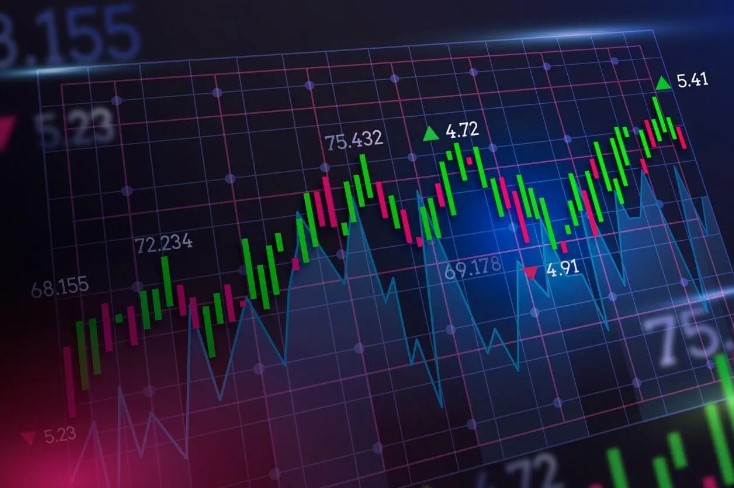Advanced futures trading strategies: Spread trading and options on futures

Spread trading is one of the most popular advanced futures trading strategies. It involves taking a long or short position on two related instruments or commodities, usually at different prices and with different expirations. By buying or selling both sides of the spread simultaneously, a trader can benefit from price discrepancies between the two instruments rather than just assuming a directional bet. This strategy can be used to hedge against market volatility, reduce risk, and capitalise on small price movements that would otherwise have gone unnoticed in traditional markets.
Regarding options on futures, traders can purchase contracts that give them certain rights but not obligations. These rights enable the trader to trade an underlying asset at a fixed price before expiration. Options on futures can be used to leverage small price movements and protect from downside risk. The option’s cost is lower than the underlying asset, making it an appealing strategy for traders who want to limit their exposure while taking advantage of price disparities.
Long-spread strategies
Regarding long-spread strategies, a popular approach is calendar/time spreads, which involves entering two positions with different expiration dates based on the same underlying asset or market index. Traders can simultaneously buy or sell both sides of the spread to profit from changing prices over time. For example, if a trader believes corn prices will rise in the short term but will fall in the long term, they could take a bullish position on both sides of a calendar/time spread.
Bull call spreads are another popular long-spread strategy, which involves entering a bullish position to buy a call option with a much higher strike price and, at the same time, selling the same number of calls with a lower strike price. It allows the trader to benefit from rising prices while limiting their exposure to the downside risk.
Short-spread strategies
When it comes to short-spread strategies, traders can use bear put spreads. A bear put spread is when you buy a put option at one strike price and sell an identical amount of puts at another lower strike price before the expiration. This strategy aims for both options to expire worthless for the trader to make money. The trader will benefit from their extended position if the underlying market index or asset falls.
Another popular short-spread strategy is bear call spreads, when a trader buys an out-of-the-money call option while selling a similar option on the same underlying asset or market index. The goal of this strategy is for the underlying asset to remain below the strike price of both options, allowing the trader to realise profits without taking on too much risk.
Options on futures can also be used in spread strategies. There are both vertical and horizontal spread strategies available. Vertical spreads involve buying or selling two options with different strike prices but within the same expiration date. Horizontal spreads involve buying or selling two options with different expiration dates but within the same strike price. Both strategies allow traders to benefit from small price movements while limiting their exposure to downside risk.
What are the risks of using these futures trading strategies?
Regarding futures trading strategies, there is no guarantee of profits, and traders should be aware of the potential risks. Spread trading and options on futures involve taking a directional bet to benefit from price discrepancies between two instruments or with different expirations. These strategies can lead to losses if the price moves against the trader’s position.
The leverage in futures trading can amplify losses and gains, meaning that even small price movements can significantly affect your account balance. Additionally, spreads and options are subject to time decay. Hence, they become less valuable as they approach their expiration date, meaning traders must act quickly and accurately when entering positions.
The bottom line
Spread trading and futures options allow advanced traders to take advantage of market volatility without taking too much risk. By carefully selecting which instruments or assets to buy or sell and strategically timing when you enter and exit trades, these strategies can lead to sizeable profits in a relatively short period. However, traders need to understand the risks associated with these strategies before entering into any positions. With proper knowledge, strategy selection, and risk management skills, advanced traders can use spreads and options on futures effectively for profitable trading results.

/cloudfront-us-east-2.images.arcpublishing.com/reuters/ZCBLZFTVOBJ5VO6T54IKZBEFYI.jpg)





